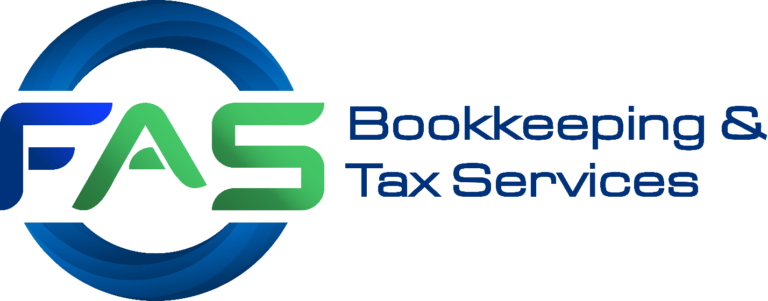Financial Strategies for the New Year
While the cost of starting and running a business may be going down for the new year, their profitability isn’t following the same trajectory. The costs associated with technology, equipment, and employees have gone up, while the growth potential has gone down. Qualifying loan borrowers have become even more selective with their earnings out there to make a kill. If you are planning to start a new business or planning to expand your business this year, it would help you to know these financial strategies for the new year! These financial strategies for the new year can prove to be that one element that stands by you when times are tough.
Here are some financial strategies for the new year:
-
Planning your finances ahead of time will help you avoid a cash-flow problem. Meeting with your banker when you know your business is headed for some problems is much better than surprising them.
-
To encourage cash flow in times of weak revenue growth, pay employees bonuses on revenue adjusted for outflows and investments. In this way, you ensure that your employees are encouraged to take a long-term view. Should business turn sour, this policy will save you money.
-
It makes sense financially to tie the pay of people who manage cash, receivables, and inventory to performance. Pay your credit manager for results—how well she collects, not her appearance or work habits. Pay her bonuses for getting the accounts receivable down without creating a lot of out-of-stock situations, and don’t worry whether she has the seven habits of successful people.
-
If you borrow from your bank, keep your cash in the bank to an absolute minimum. Pay your accountant a bonus for making every dollar of cash flow work hard, not because his books balance to the penny. Ask your banker about “zero balance checking,” a system where you have no cash in the bank but where the bank counts up the total of your checks that arrive every day and adds that amount to your loan balance. Similarly, when your receivables are paid and the check deposited in the bank, the bank credits your loan balance with that amount.
-
Consider adjusting inventory and receivables downward when sales fall. Both of these should move in line with sales so that when sales decline, a drop in inventory and receivables is a logical next step. Calculate a reasonable level of inventory and an acceptable level of receivables for several levels of sales, so that when sales decline, you have the option of adjusting both downward in conjunction with the decline.
-
Don’t assume that just because your business grows quickly, it can fund its own growth. Many industries use a financial structure in which sales finance debt, rather than equity financing. Borrowing from multiple banks can be advantageous. It is not unlike buying a car; if the dealership knows you will only purchase a vehicle from it, you will never receive the best deal on the vehicle.
-
When taking out a loan, you should focus on more than just the interest rate. There are many other important factors to consider when looking for financing, including the collateral requirements, the value attached to your assets, and others. In a future column, we’ll discuss how to negotiate for a good term loan. Finally, here’s a little test of your financial expertise.
Taking the financial strategies listed above into consideration, try answering all three of these questions, if you can then you have a high level of financial literacy. If not, consider working with a bookkeeper or financial advisor to better understand the financial aspects of your business.
Question #1: Can you explain to someone who has little or no background in accounting the difference between an income statement, balance sheet, cash flow statement, sources, and uses of financial statements?
Question #2: Can you explain to someone the difference between profit and cash flow.
Question #3: Can you explain to someone how a company gets in each of these four situations:
- Makes a profit but has no cash flow. b. Has cash flow but makes no profit.
- Has cash flow and profit at the same time
- Has neither cash flow nor profit.
Were you able to answer all three questions? If yes, then congratulations, you are all set to run your business with your financial know-how.
If not, then there’s nothing to worry about. We are here to help you get a hold of your business financials! Send us a message today and we’ll discuss how we can help you steer your business in the right direction through proper utilization of your business’s financial data.





